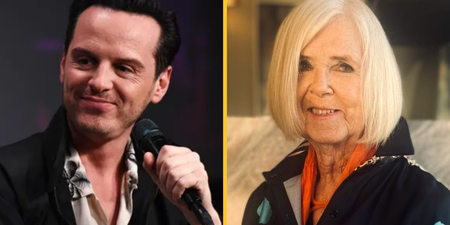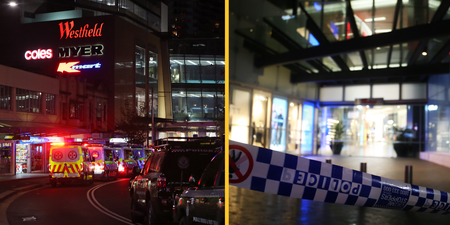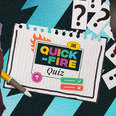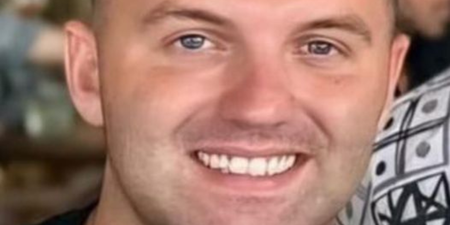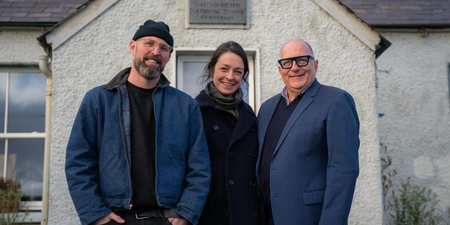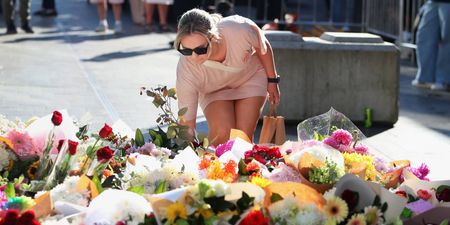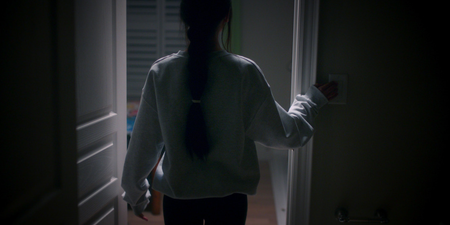The last seven days have produced several disturbing scenes on Irish roads.
On the M50, a woman in her 30s was tragically killed when her car collided with a lorry.
In a matter of hours, smartphones all across Ireland were lighting up with notifications that turned out to be footage from the scene. So pervasive was the extremely graphic and visceral footage, that An Garda Síochána and public representatives like Senator Lynn Ruane made public appeals for people to stop sharing them.
This pattern repeated itself last night (January 29). A video from Finglas purported to show a car crash into a young boy who was then hospitalised for his injuries. Once again, the video was widely shared in private digital chats across the country.
It should go without saying that most people who saw these images would have been deeply distressed by them. Indeed, incidents like these ones can cause severe trauma for those who end up thinking back to similar tragedies that have impacted upon their own lives. The spread of graphic depictions of death serves no societal benefit.
That is leaving to one side the invasion of privacy inherent in such images, and the risk those horrific images making their way back to friends and family of the victim.

Over the last year, Ireland has had a string of incidents go viral before their content could be verified. Just last week, former Taoiseach Bertie Ahern denied the content of a voice note which told a story of him secretively using Tinder to organise a date.
A spokesperson for Ahern called the voice note “complete rubbish, absolutely 100% not true”.
“It’s unfair that anyone would be subjected to this in any walk of life and something should be done to protect people from this sort of thing,” the spokesperson said.
And virtually everybody in the country has heard it.
The danger of unchecked, provocative, viral content has already reached its most disastrous conclusion in India, where dozens of people have been murdered as a result of panic over alleged child-snatchers. One incident saw five innocent people killed during a manufactured panic over the threat of child-snatchers in the area. Local governments have been forced to shut down the internet for weeks at a time to prevent the proliferation of fake news that could be fatal.
According to a report by the New York Times: “The region’s top government official said the police had gone around for weeks before the attack warning people not to believe the false kidnapping rumours. But they were no match for WhatsApp. We could not compete.”
It was these events that prompted WhatsApp to roll back how easy it is to forward messages on their platform. Just last week, the company issued a statement confirming that: “Starting today, all users on the latest versions of WhatsApp can now forward to only five chats at once, which will help keep WhatsApp focused on private messaging with close contacts.” Forwarded messages also now come with a tag that lets the recipient know it’s not an original.
As in the above case, there is an infinitude of reasons, non-malicious reasons, why someone would forward footage of an awful car crash. It could be done out of thoughtlessness. It could even be done out of a tactless but earnest sense of trying to warn people to be careful on the road. Not everybody who shared footage of the crash will be a weird snuff-film sociopath. In fact, probably almost none of them were. Morbid curiosity is a sad fact of the human condition, and even the phrase “car-crash viewing” is used to mean something horrifying that you can’t look away from.
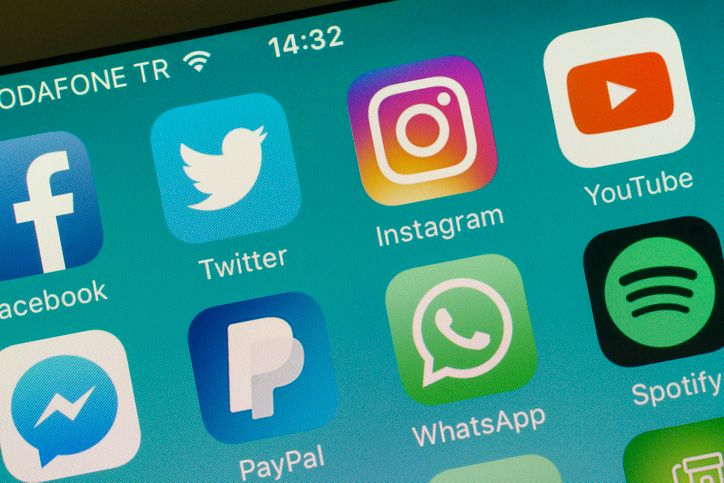
But WhatsApp isn’t to blame either. If WhatsApp didn’t exist, these photos and voice notes would get around some other way, through some other app. There is no version of modern society where these apps are going to be written out of how we function.
We’re not all about to throw our smartphones into the sea anymore then we’re about to start gathering our own water from a well. We’re not even about to delete our apps.
So where does the responsibility lie? There is no immediately clear call we can make for legislation here. It’s a fantasy to think that everyone who shares a viral image of a car crash could — or should — be prosecuted by the law. You can’t stop things from going viral just by putting people in prison.
This is a reckoning that has to be faced on a cultural and attitudinal level rather than a legal one. Answers have to come at the root level — with education. Education over how smartphones can be used appropriately and responsibly. About how to respect the sensitive situations we may encounter in every day life. In weighing the unpredictable power of permanently putting information out into the ether.
As time goes on, our ability to record and share footage of what goes on around us is only set to increase. Society needs to grasp this now, before the death and destruction we feed into our group-chats ends up manifesting itself on the other end.
LISTEN: You Must Be Jokin’ with Conor Sketches | Tiger Woods loves Ger Loughnane and cosplaying as Charles LeClerc




